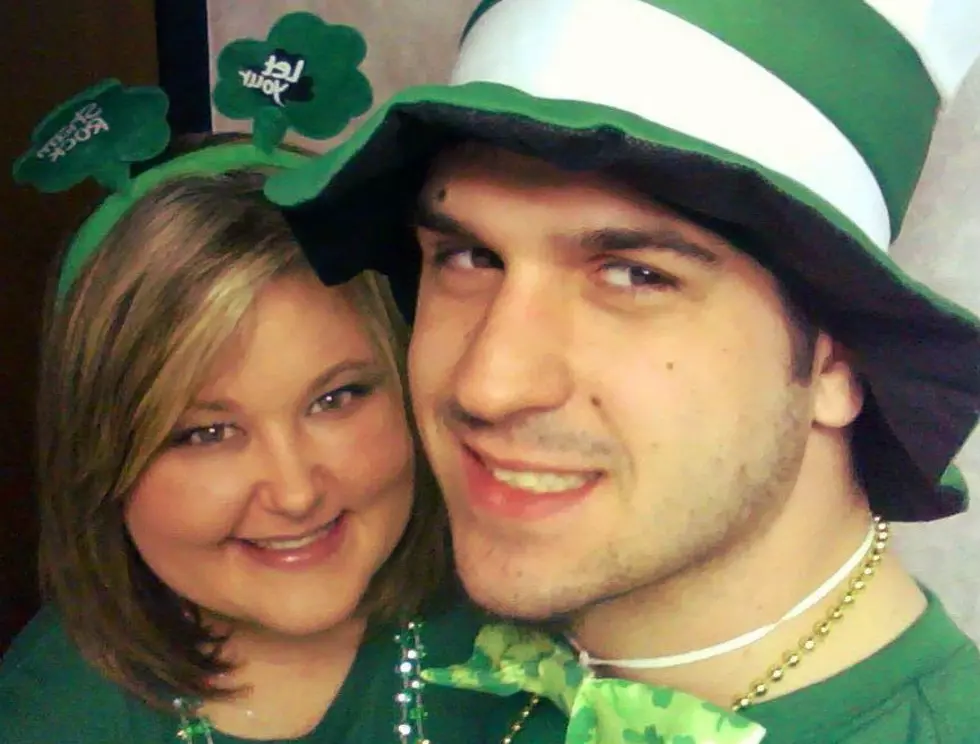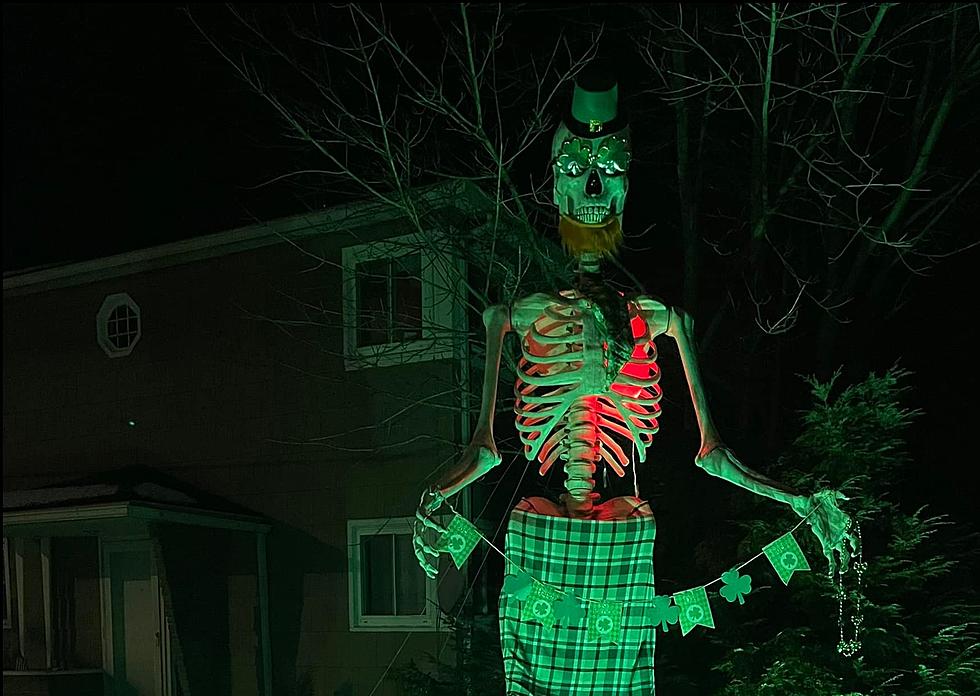
7 Surprising Facts You Probably Didn’t Know About St. Patrick’s Day
There's an old Irish saying and it goes like this,"There are only two kinds of people in the world, The Irish and those who wish they were."
St. Patrick's Day is a day when those of us who are Irish celebrate our heritage and when those who aren't Irish are invited to celebrate Irish goodness. But, did you know that there are a lot of things that you and I do to celebrate St. Patrick's Day that aren't even Irish? For instance, corned beef and cabbage is pretty much as Irish as spaghetti is Mexican. Shocking, but true!

International Business Times dug up some really interesting facts about St. Patrick's Day that will have you questioning everything you thought you knew about this holiday.
- 1
The Real St. Patrick Wasn't Irish
This is going to sound completely impossible, but it's the truth. St. Patrick wasn't actually Irish. There's nothing officially official, but those who study such things say that St. Patrick’s real name was Maewyn Succat and that when he became a priest, he adopted the name, Patrick. But wait, there's more! We also know that St. Patrick wasn’t born in Ireland and while nobody knows exactly where he was born, most believe that it was in Scotland.
- 2
St. Patrick Didn't Drive Snakes From Ireland
You've probably heard the legend that St. Patrick drove snakes out of Ireland during one of his sermons except that probably didn't happen. National Geographic writer James Owen says:
It's admittedly an unlikely tale. Ireland is one of only a handful of places worldwide—including New Zealand, Iceland, Greenland, and Antarctica—that Indiana Jones and other snake-averse humans can visit without fear.”
- 3
Leprechauns Were First Mentioned In the 8th Century
Researchers think that the belief in leprechauns, a term that comes from the Irish word meaning “small-bodied fellow,” probably began with the Celtic belief in fairies. According to History, Celtic folktales told stories of tiny men and women with magical powers who were known for their trickery. Leprechauns were said to have spent most of their time making shoes and as we all know, they stored their coins in a hidden pot of gold.
- 4
The Official Color of St. Patrick Is Actually Blue
Wait, what? Yep, it's true. Several pieces of art of St. Patrick show him wearing blue vestments and blue was also commonly used on flags and coats-of-arms to represent Ireland. It wasn't until much later that green came into the picture and was most likely a symbol of the greenness of the “Emerald Isle.”
- 5
St. Patrick's Day Was a Dry Holiday in Ireland
You wouldn't know it around here with the astounding amount of alcohol consumed on Parade day, but at one time, St. Patrick's Day was actually a dry celebration. Between 1903 and 1970, Irish law made St. Patrick’s Day a religious holiday for the whole country which meant that all pubs were shut down for the day. The law was overturned in 1970.
- 6
Corned Beef and Cabbage Isn’t a Traditional Irish Meal
I love corned beef and cabbage, probably more than the average person and I make it every year for St. Patrick's Day, but the tradition of serving corned beef and cabbage is actually more American than it is Irish. Corned beef and cabbage is a variation of a traditional Irish meal which included bacon, but because early Irish-Americans were poor and beef was cheaper than bacon, that's what they went with. Cabbage was added to the dish because it happened to be a springtime vegetable.
- 7
St. Patrick's Day As We Know It Began in America
In the early days of the United States, Irish Americans who wanted to celebrate their Irish heritage started St. Patrick’s Day with banquets at elite clubs in big cities. The first St. Patrick’s Day parade took place in 1762, but it wasn't a common event for people to attend until the mid-19th century. As a matter of fact, St. Patrick’s Day was a relatively minor religious holiday in Ireland until the 1970s.
More From KISS 104.1



![[GALLERY] 7 Signs That Spring Is About To Arrive In The Binghamton Area](http://townsquare.media/site/497/files/2022/02/attachment-ray-hennessy-MH_psben7HE-unsplash.jpg?w=980&q=75)
![21 Amazing Things You Probably Didn’t Know About Goats [GALLERY]](http://townsquare.media/site/498/files/2021/09/attachment-240956622_251574503506101_2215873458393280820_n.jpg?w=980&q=75)
![The 20 Best Irish Movies To Watch on St. Patrick’s Day [GALLERY]](http://townsquare.media/site/498/files/2021/03/alex-litvin-MAYsdoYpGuk-unsplash.jpg?w=980&q=75)


![Four Random Facts You Can Impress Your Friends With [GALLERY]](http://townsquare.media/site/498/files/2020/07/12126pre_bcd3bdaf376a911.jpg?w=980&q=75)
